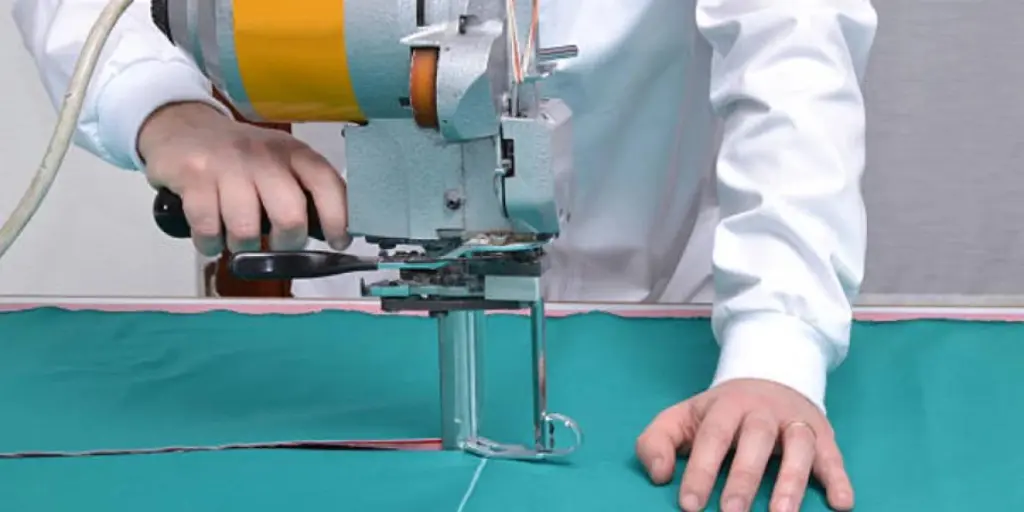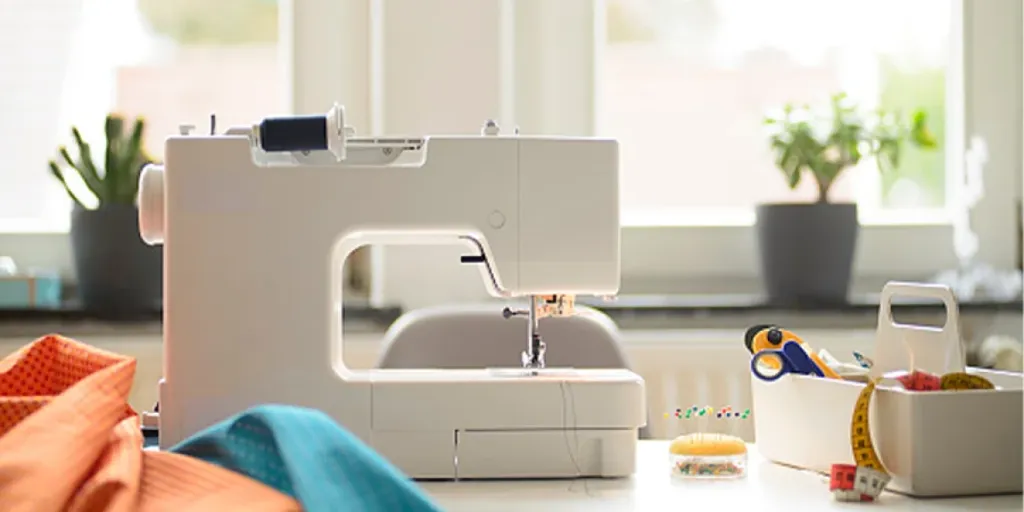Laser marking machines are needed in different industries including medical sectors, manufacturing industries, and electronics. These laser marking machines help to mark different products and components. The wide range of benefits that come with laser marking machines is what makes them the better option for many. Some of the benefits of using laser marking machines include readability, durability, and application to many different materials. Before buying laser marking machines, it is important to have all the information and know what you need to consider.
In this article, we will look at how buyers can select suitable laser marking machines. Additionally, we will talk about the different applications and types of laser marking machines.
Table of Contents
Types of laser marking
How to select a suitable laser marking machine
Conclusion
Types of laser marking
1. Foaming laser marking

Foaming laser marking leaves the workpiece lighter than it was after being processed. The process involves a change of color from dark to light. It begins with creating a molten burn on a contained surface. As the surface melts, an atmosphere of foaming gas bubbles is created. The bubbles change the light refraction features of the material and thus make foaming the preferred choice to produce light effects, symbols, and lettering. Foaming-enabled lasers are widely used on plastics to create markings on ink cartridges, cosmetic packages, and keyboards.
2. Carbon migration laser marking

Carbon migration laser marking destroys carbon bonds to produce shades of darker marked regions with no effect on the material’s surface. The process results in a dark or black laser marking. It is commonly applied to organic materials and light plastics. Also, carbon migration is faster than annealing as a high amount of heat produced by the laser marker is focused on a smaller area. The common metals that have carbon and can utilize this process include stainless steel, titanium, and carbide.
3. Coloration laser marking

Coloration laser marking is done to engrave various shades of colors on materials. The process is dependent on varying power, speed, frequency, and pulse width of the laser marking machines. High-quality color marking can easily be achieved on aluminum and stainless steel when using a fiber laser marker. If coloration is applied to plastic materials, it is done through the foaming process. Laser coloration marking can be used to create decorative jewelry and mark colors on bottle caps.
Also, marked materials can have their color removed with the intention to make the base material visible. The process is ideal for labels, fittings, and packaging materials.
4. Annealing laser marking

Annealing laser marking is a hardening process through oxidation where heat is applied on metal surfaces using a laser. Generally, this process leaves a smooth finish with a solid black mark. However, based on temperature, most typical sheens of yellow, green, and red are produced through the annealing process.
The annealing process is slower because it relies on heat to remove carbon from the workpiece and create the markings. After the metal is heated, it should be allowed to cool gradually. Some of the metals supported by laser annealing machines include stainless steel, titanium, and iron.
How to select a suitable laser marking machine
1. Power
Buyers should understand that there is a trade-off between power and speed among the various types of lasers. On average, most lasers fall within the power range of 20 W to 50 W. To achieve an aggressive mark at full power, the speed is increased before the power is reduced to check if improvements in cycle time can be gained. Also, frequency is inversely proportional to laser beam power. If the frequency is too high, the laser beam power is likely to be inefficient for the marking process. A lower frequency will create a spotted marking while a high frequency will generate a line engraving.
2. Operating size
A buyer should always keep in mind the part of a workpiece to be marked. The part should be accommodated in the laser cabin. As a result, the laser machine must fit the dimensions to guarantee safety in the laser marking process. Generally, the diameter of a laser spot ranges between a few hundred micrometers and 6-10 mm. This also enables high-quality output due to precision and accuracy. Ideally, a bench-top system cannot be used to mark items that measure 500*500 mm or more. Also, operating size may involve the number of pieces to be marked. This defines whether a buyer will go for a rotary table, a magazine to enable automatic loading, a required number of movement axes, or any additional tools.
3. Materials
Most buyers have various kinds of materials they intend to engrave. This factor greatly influences the choice of machine they will use in their laser marking activities. Basically, the UV laser marking machine is often preferred because it can produce the desired products with more materials compared to the fiber marking machine. The materials can be classified either as organic or non-organic. Below are the key materials to be used with each machine.
Common UV laser marking materials:
– Some stones
– Some metals
– All glass
– All plastics and papers
– All woods and ceramics
Fiber laser marking machines applications:
– All metals
– Some stones
– Some plastics
– Some papers and leather
4. Cost
In the laser market, the initial purchase cost of laser equipment is quite high. It is an excessive investment that has long-term benefits for the buyer. The laser machines have an almost inexistent chance of wear and have less additional costs of consumables. On average, the life of a fiber laser is estimated to be 100,000 hours of operation which equals 11 years of continuous usage. Also, there is less wastage of materials that are disposed of during laser marking activities. The economic benefit of a laser machine should be taken into consideration when acquiring one.
5. Software used
Different types of software have been employed on various types of laser marking equipment. However, the software used has to be user-friendly, contain a simple interface, and have the desired features. In laser marking, the software involved could enhance the import of images including the raster and the vector files. Some software can edit vector files directly without separate image editors. Also, buyers should check if the laser marking software has the capability to create various types of barcodes and text. Additionally, the software should be able to automatically change serial numbers, simple shapes, and date codes.
6. Beam quality
This is an important consideration as it affects the laser’s processing capability. A laser machine with better beam quality can easily remove materials with a better resolution to give high-quality products. This is because high beam quality lasers produce a more focused optical spot size that is approximately down to 20 microns or smaller. Lasers with high beam quality are designed to engrave materials such as aluminum, silicon, and stainless steel.
7. Mark resolution
Mark resolution is defined by the contrast and how deep the marks should be. Various laser marking machines have different mark resolution capabilities. Depending on the type of laser marking machine, buyers can create either frosted or dark marks. The machines should be able to produce sufficient mark quality and size. On average, fiber laser marking machines consist of 1064 nm lasers that can provide quality resolutions of up to 18 microns. For instance, in barcode technology, clear vision is achieved by using frosted backgrounds and dark marks.
8. Single or multi-mode lasers
Among the various kinds of laser marking machines like fiber lasers, there exist two types which are single-mode and multi-mode lasers. Single-mode fiber laser equipment produces a narrow, high-intensity beam focused down to a small spot size of about 20 microns. The high-intensity beam is ideal for finer laser marking operations.
On the other hand, multi-mode laser marking machines (higher-order mode) involve fibers that have core diameters greater than 25 microns. This means the resulting beams are of lower intensity and have larger spot sizes. Considering this, multi-mode lasers can process large components, while single-mode lasers have the preferred beam quality.
Conclusion
The various types of laser marking machines offer different capabilities in the laser marking industry. With the inclusion of advanced technologies and innovation, they have many applications to produce high-quality products. The production is geared toward meeting the demand in the manufacturing industry and the competitive global market. From the above guide, buyers can now arrive at an informed decision on the kind of laser equipment to use for their laser marking operations. Furthermore, to find high-performance laser marking machines, visit Chovm.com.








